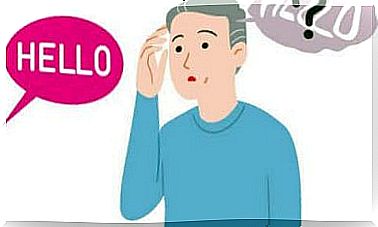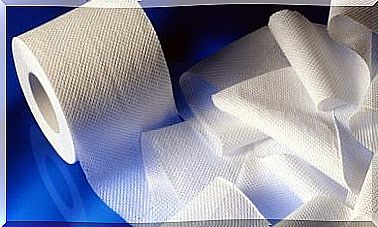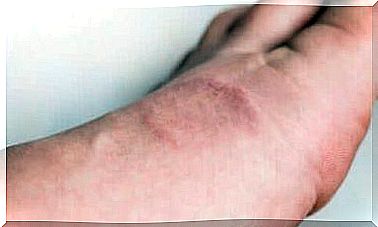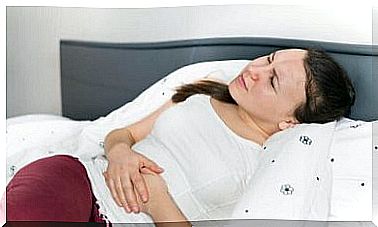Symptoms Of Degenerative Disc Disease
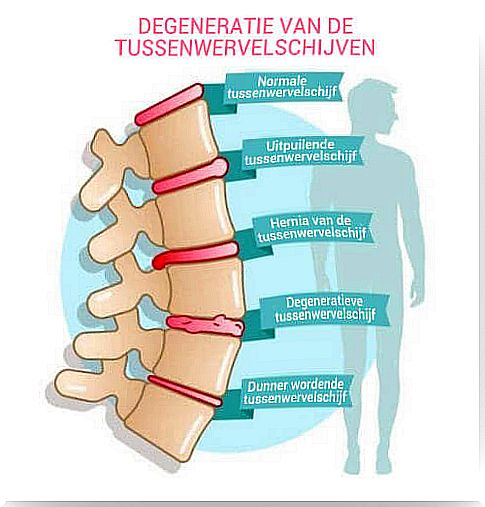
Degenerative disc disease is not really a disease, but a term used to describe the normal changes that take place in the intervertebral discs as we age. The intervertebral discs act as shock absorbers for the spine, allowing it to bend and rotate.
When degenerative disc disease occurs, the passageways in the spinal nerves narrow and do not cushion the impact, especially when running or jumping. Furthermore, it usually occurs in the lumbar and cervical discs.
What Causes Degenerative Disc Disease?

As you age, your intervertebral discs deteriorate, which can lead to degenerative disc disease in some people. Some of the changes due to age are:
- Loss of fluid in the discs: This causes the discs to lose their ability to act as a shock absorber. Also, it also reduces the thickness of the disc and the distance between the vertebrae.
- Cracks in the outer layer of the intervertebral disc: This causes the gelatinous material of the disc to come out, causing the disc to rupture.
Symptoms of Degenerative Disc Disease
This condition can cause neck or back pain, depending on the location of the damaged discs. However, if the affected disc is in the neck, it can cause neck pain or arm pain. If the affected disc is in the back, you may experience pain in your back, buttocks, or legs in the meantime.
Movements such as bending, stretching, or twisting often make the pain worse. The pain can also occur after an injury, even after performing a normal movement, such as bending to lift an object. In other cases, you may feel tingling and numbness in a leg or arm.
Disc degeneration is actually a natural part of aging and over time everyone will experience changes to the discs depending on the degree of wear. However, not everyone will develop symptoms. Degenerative disc disease or disc disease vary widely in nature and severity.
Diagnosing Degenerative Disc Disease

Doctors diagnose this disease through physical examination and questions about symptoms, injuries, illnesses, habits, and activities you do. During the physical exam, the doctor assesses the range of motion of the affected area and whether you feel any pain when moving.
The specialist will also look for tender areas and other changes related to the nerves, such as tingling, numbness, or weakness in the affected area. In addition, they check for other conditions, such as fractures, tumors, and infections.
Your doctor will use tomography if there are:
- Suspected nerve damage
- Symptoms after an injury
- Other Conditions That Can Affect the Spine
How do you treat it?
To relieve pain, you can apply cold or heat, whichever feels better to the affected area. In addition, your doctor will prescribe non-steroidal anti-inflammatory drugs (Spanish link), such as ibuprofen or naproxen. If necessary, your doctor can recommend more potent medications.
You can supplement pharmacological treatment with physical therapy and exercises to strengthen and stretch your back. In some cases, surgery may be necessary.
Surgery usually removes the damaged disc. In some cases, however, they permanently attach the bone to protect the spinal cord. If the problem is a hernia, osteoarthritis, or spinal stenosis, other treatments will most likely be needed.

